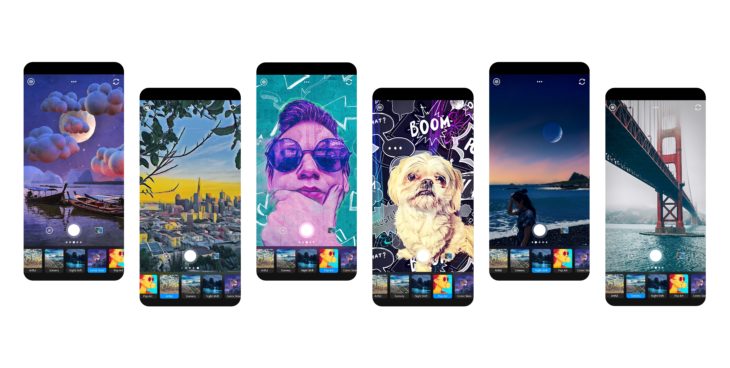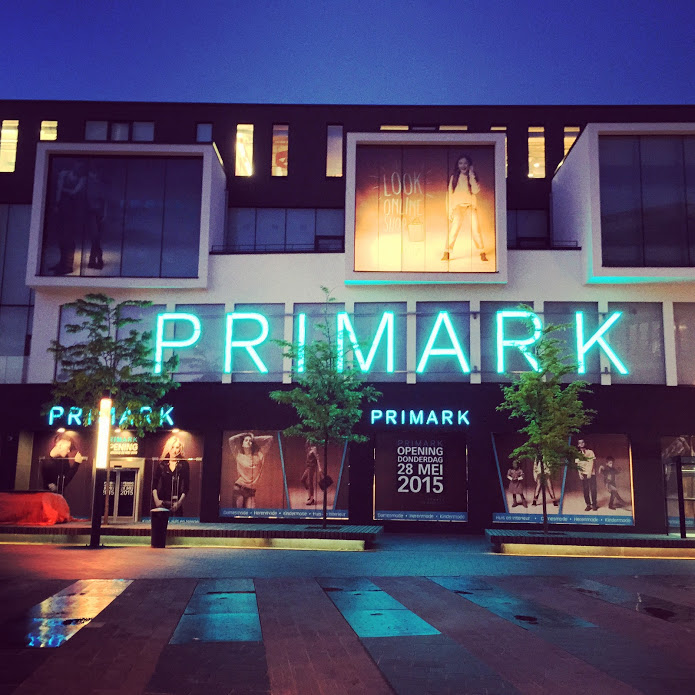
When rumours of a retro Nikon body coming out, I was curious, but no more than I find any Nikon news interesting. However, when it was revealed this ‘hipster-camera’ would have the sensor of the D4, the Df got my attention. The more was revealed, the more interested I became. The best camera sensor in a fancy body, now that is interesting. I did a pre-order, and on the second day it was out I had my Nikon Df. (and only because I was out of the country in the first day).
Since then it already has over 14.000 clicks. Why? Because it’s a great camera.

As a photographer I sometimes have to carry many different bits of gear and equipment. So when a product comes along that is smaller and lighter, it quickly get’s adopted in my workflow. The weight of a Df and a small prime is next-to-nothing. So it’s easy for those quick assignments to just grab a Df, a 28mm prime, and head out there.
What changes is how you will use a camera. In fact, this camera will take a lot of adapting from how you hold a camera. No huge ergonomic grips like in the flagship models. But you slowly learn to change it. In fact, today was one of the first days that I was able to comfortably use a 70-200 after many, many days of using just primes. You see, the Df is made for primes. The 14-24 feels good on it, but a 24 1.4 feels amazing.
Last year I tested the Nikon D4 in the city festival ‘Genk On Stage’, and it never let me down. In the pouring rain it managed to find and focus on artists I wasn’t even able to see. The ISO was downright amazing, and so was the shutter speed.

The good thing about the Df is that amazing ISO and image quality. Earlier this evening I encountered a fun mass-event while finding something to eat after an assignment. I popped up a lens, pushed the ISO to 12.800 and just shot great atmospheric images without any need for flash. The autofocus might not be the amazing beast from the D4, but it’s still quite good. It’s ironic that the ISO will make you able to see in the dark, but focussing in pitch-darkness is hard. Good thing it can work together great with any flash or flash commander and use its IR to focus. No 11 frames per second either. The Df is limited to 5.5 frames a second, which is still fast enough to capture action and is a step-up to my D800’s measly ‘4’.
My first complaint is that this ‘pro’ camera is limited to a shutter speed of 4000 instead of 8000. Meaning you can’t shoot wide-open in the blistering sun. Not that we have a lot of those in Belgium, but I digress.

If I look at the design, there are a ton of buttons, which all do great manual things, but the menu options also allow you to set a lot of these options the ‘newer-old fashioned way’. You have a ye-olde shutter speed dial, but setting it to 1/3th step enables the regular dial to work too. In fact, there is a setting that you can have a range of stops available with the dial if the top dial is set to a certain shutter speed. Awesome!
Also the new exposure compensation dial makes it easy to use, and it’s only since this button that I am using it more and more. The ISO-dial is also extensive and easy to set, but again, in the dark it’s hard to read the settings. A light-up version would be amazing.

Also missing is the battery-information menu. No way to see how much percentage you have left, except 3/3, 2/3, 1/3, Empty. You just have to guess if that 2/3th means you have 75% left, or just 35%, which last week led to me having an empty battery at a major event. Auch. Talking about battery, the access to the SD card goes through the battery hatch on the bottom of the camera. Which means that the little hatch pops off just about 2/3th of the time trying to capturing images. Oh, and it has a Mini-USB connection.
These might seem nitpicky things, but that’s how I feel about this camera. It’s small, light, packs a big punch and is there when you need it to be. It’s no D4, but you can use it like one.
Bonus: WU-1a Wireless dongle
Testing alongside the regular Df use is the WU-1a Wireless dongle. A tiny bit of plastic with a metal USB-mini mount. Setup is easy, you plug it in and select the wireless network on your phone. You connect, open the app, select the images you want, and hit download. That’s it. The photo’s are in your camera roll, and ready to be sent to someone, or even used in Instagram. You also are able to connect to live-view and take pictures. It all works as advertised, if you still have more than 1/3th power left in your camera.
A nice product that works, but will be standard in every DSLR in the next few years.
——


















